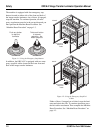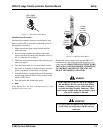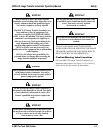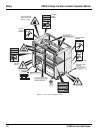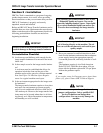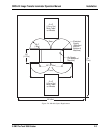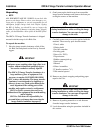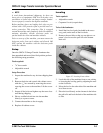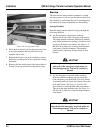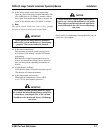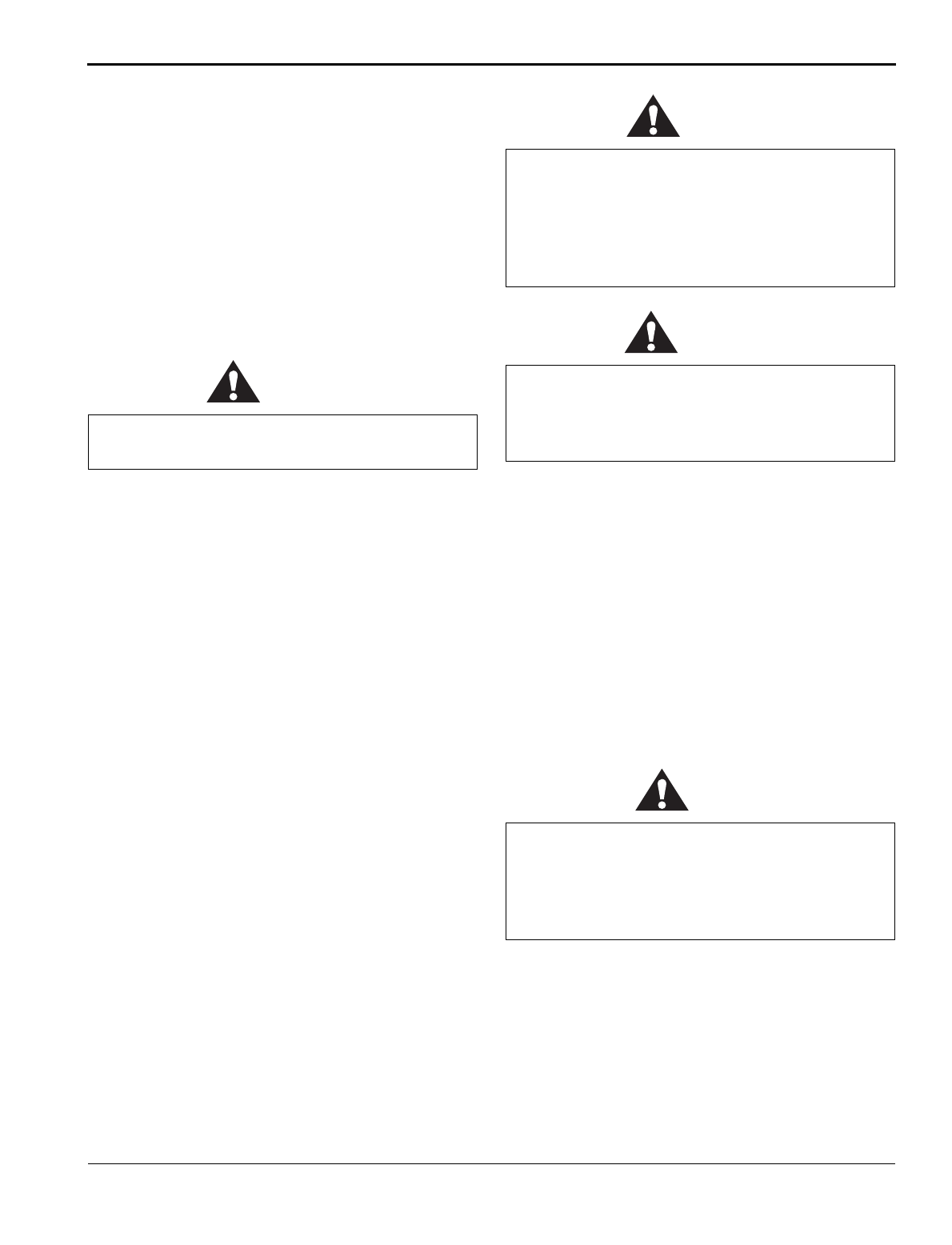
ORCA-IV Image Transfer Laminator Operation Manual
Installation
© GBC Pro-Tech 1998 October
2-1
6HFWLRQ,QVWDOODWLRQ
GBC Pro-Tech is committed to a program of ongoing
product improvement. As a result, we are providing
these instructions so that you can ensure that your new
ORCA-IV Laminator is properly and securely
unpacked, moved and installed.
Before an ORCA-IV Image Transfer Laminator can be
installed there are a few requirements that must be met.
Make certain that each of the requirements listed in the
following preinstallation checklist are met before
beginning installation.
IMPORTANT
3UHLQVWDOODWLRQ&KHFNOLVW
❏ Are doorways and hallways wide enough for the
image transfer laminator to be moved to the instal-
lation site?
❏ Is there ample room for the image transfer lamina-
tor?
A work area must be established that allows for
operation in both the front and the rear of the
machine and provides space for efficient material
flow. See Figure 2-6: Machine Space Require-
ments for a typical machine area layout.
❏ Is the environment appropriate for the image trans-
fer laminator?
The image transfer laminator requires a clean, dust
and vapor free environment to operate properly,
such as an air conditioned office area with forced
10% make up air. However, the image transfer lam-
inator must not be located where there is air blow-
ing directly on it. Major fluctuation in temperature
and humidity are to be avoided.
IMPORTANT
IMPORTANT
❏ Have you contacted a certified electrician to both
hard wire the laminator and ensure that an adequate
power supply, having the appropriate capacity,
overcurrent protection, and safety lockouts is avail-
able?
The laminator requires 4 wire North American
Delta 230 VAC, 50/60 Hz, three phase, 45A per
phase with the preheater option and 35A per phase
without the preheater option.
☞
Note
If you require setup for European power input (three
phase wye), please contact GBC Technical Support.
CAUTION
Failure to follow the preinstallation checklist can
result in damage to the image transfer laminator.
The operating environment must be free of dust,
flammable liquids and vapors. You can be
injured by inhaling chemical vapors. Vapor build
up or stored flammable liquids can cause a fire.
Excessive dust can damage the image transfer
laminator.
Do not locate the image transfer laminator where
air is blowing directly on the machine. The air
flow can cool the rolls unevenly and result in poor
quality output.
Do not ever attempt to change the internal
jumper configurations. Only a qualified GBC
Service Technician can change these
configurations. You can severely damage the
machine.




